The Architectural Wonder of the Roman Colosseum
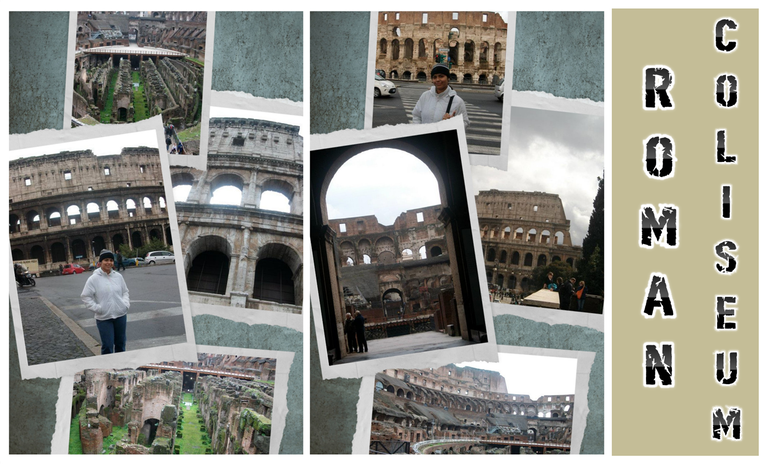
Greetings, friends of Architecture + Design! On this occasion I’m pleased to share with you some information of architectural and historical interest about the most emblematic monuments I visited during my trip to Rome some years ago, I’m referring to the Roman Colosseum. I wanted to remember this priceless experience and what better way to do it than bringing to light the old photographs of my visit.
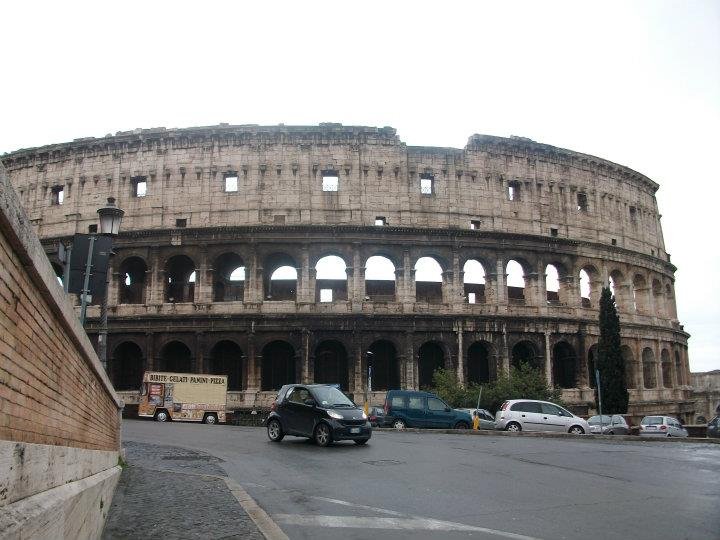
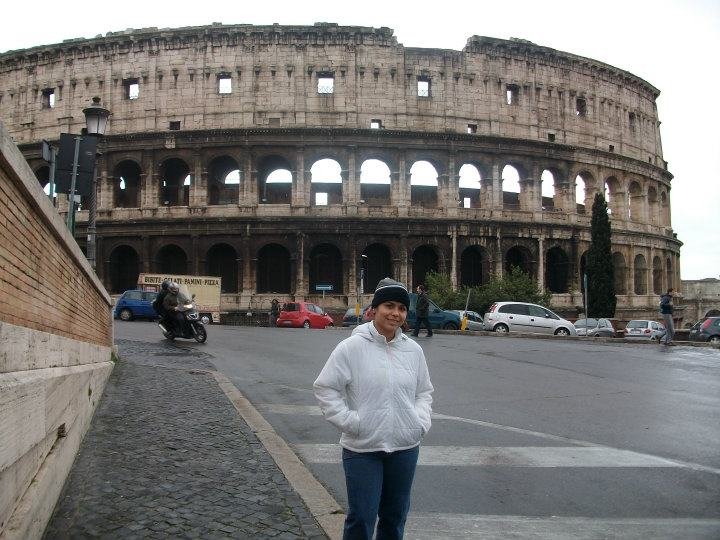
The Colosseum, also known as the Flavian Amphitheater, was by far one of the sites that most impressed me during my visit to Rome; perhaps because of the fact of seeing such an imposing structure in the middle of the city, honestly the feeling is indescribable and very gratifying. I had the opportunity to visit it in depth and I will share with you some impressions and some information that I have been able to explore.
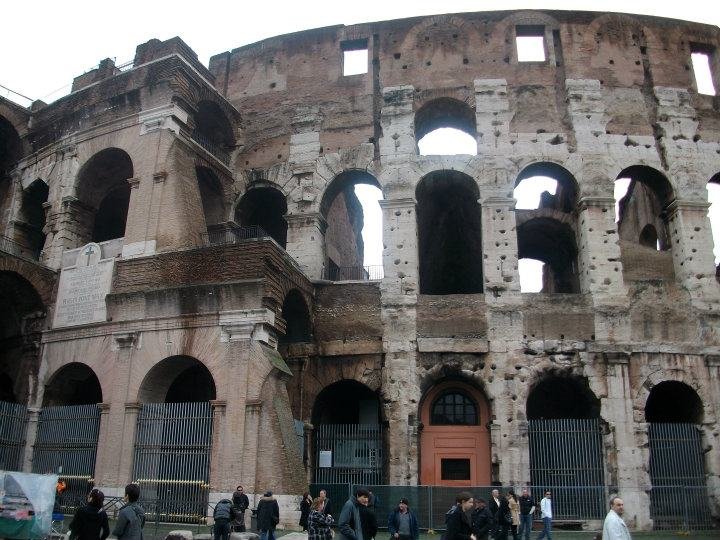
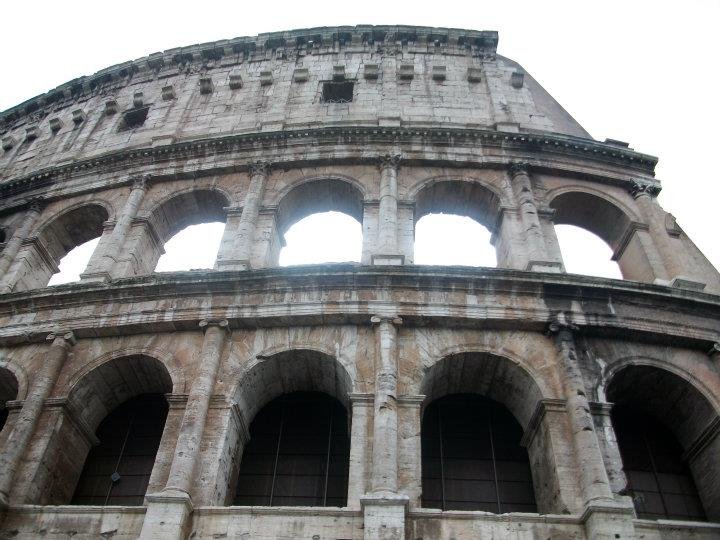
The architecture of the Colosseum, as in many monuments and buildings of the Roman Empire, is based on classical Greek architecture with some adaptations, where the use of concrete or mortar and the construction methods of the semicircular arch, the arcade, the vault and the dome stand out.
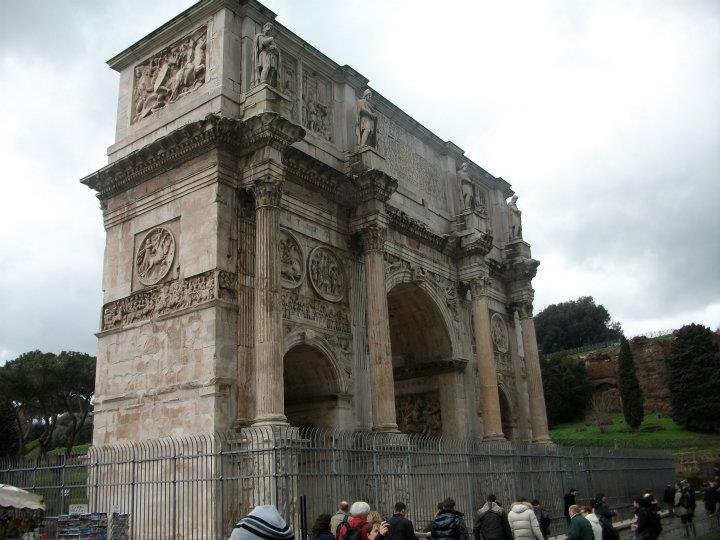
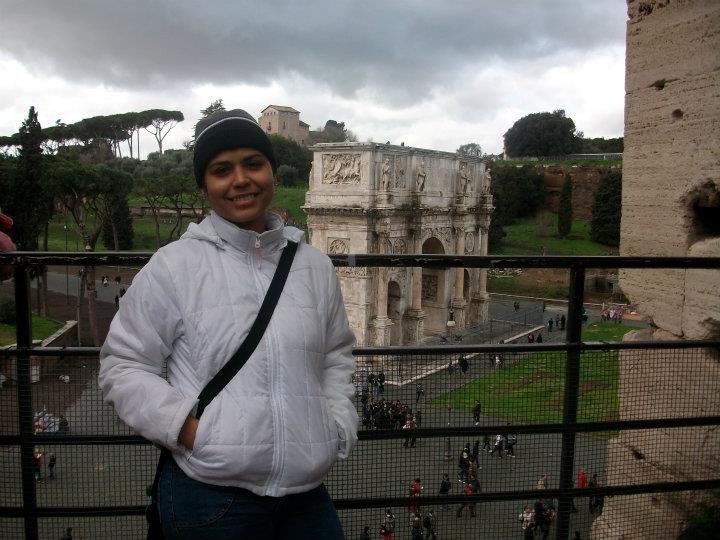
It is no secret that this monument is the most emblematic tourist attraction of Rome and Italy; not for nothing was it declared one of the new seven wonders of the modern world and a World Heritage Site. The materials used in the foundations of this amphitheater were travertine blocks, brick, limestone and concrete, with plaster and details in marble, stucco and wood. We can say that its extraordinary construction has earned the Colosseum its majesty and its validity through the centuries to the delight of historians, visitors and lovers of architecture and design.
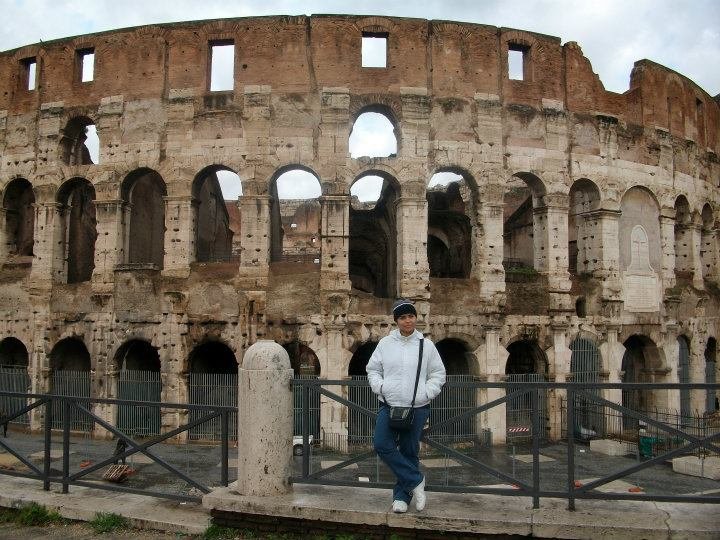
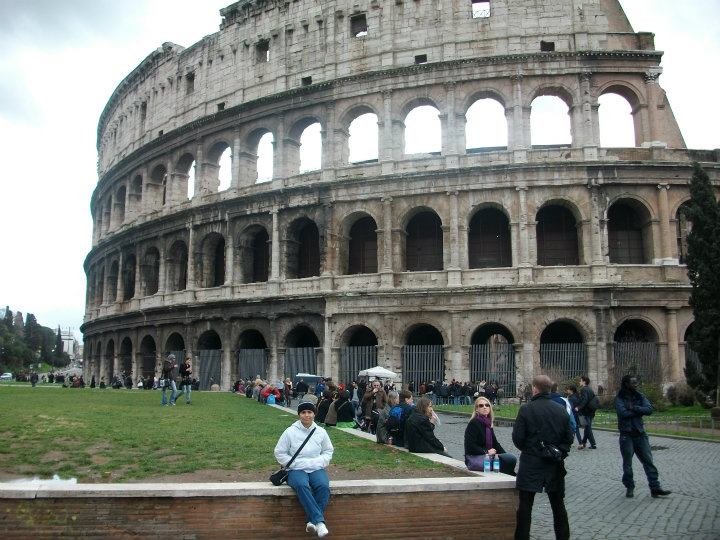
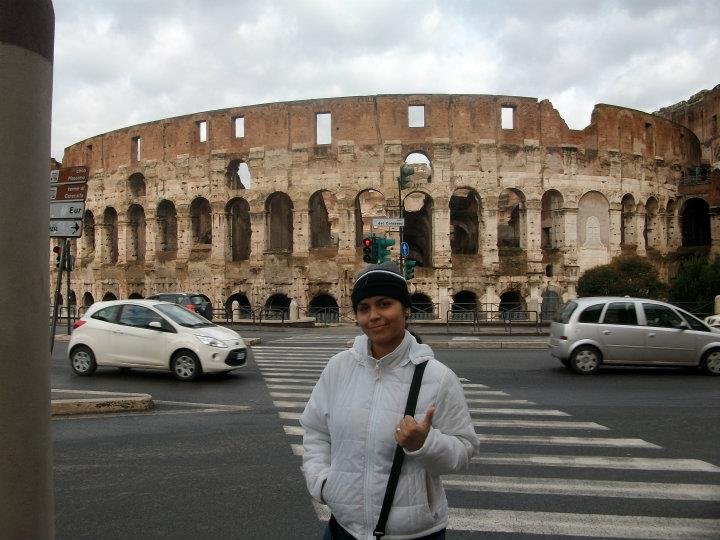
This famous site dates back to the first century. Its name alludes to the statue of the Colossus of Nero, was built during the Flavian dynasty, and as I mentioned it is also known as the Flavian Amphitheater.
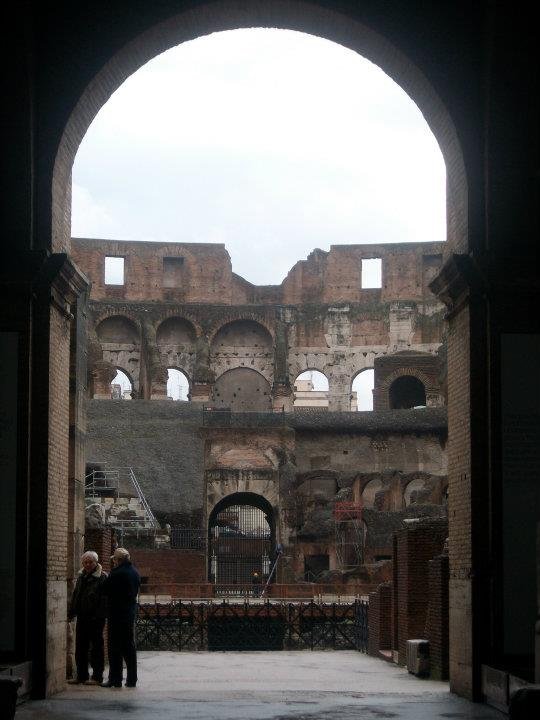
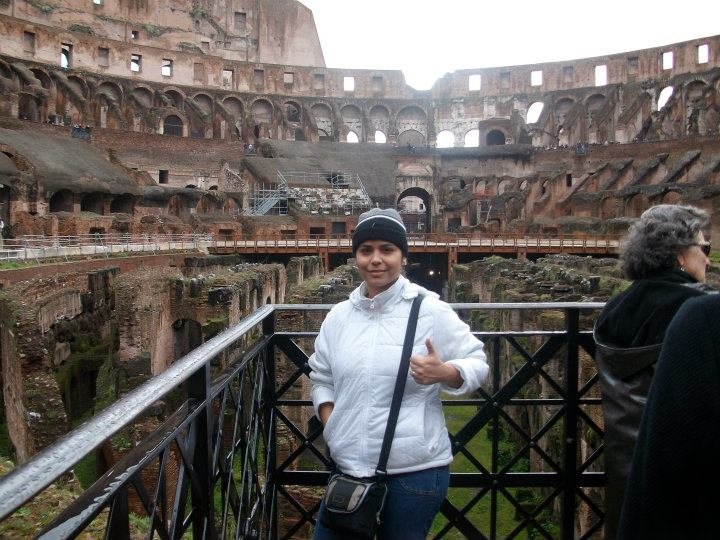
Imagine the colossal size of this enclosure knowing that the capacity of the Colosseum was more than 60,000 spectators, being the scene of gladiator fights, public executions, theatrical plays, animal hunts, among other activities organized by the entourage of the emperor of the time. Later in history, after the fall of the Roman Empire, it was used as a fortification, stone quarry, among others. Today, in addition to having tourist purposes, the colosseum is the site of religious activities by the Catholic Church.
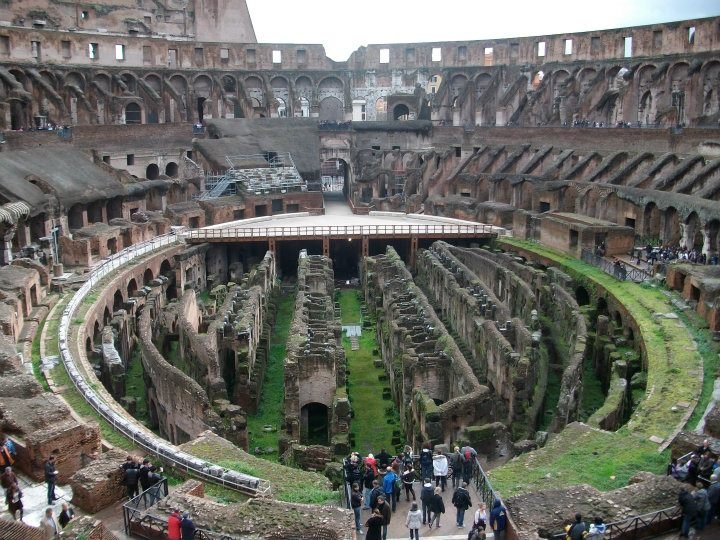
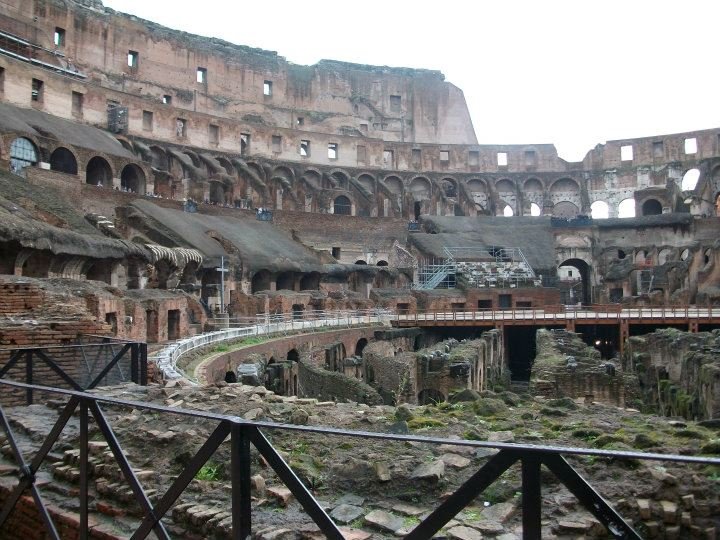

Thinking back, I can say that my visit to this historic monument was one of the most rewarding experiences I have had, since in addition to being entertained, I had the opportunity to learn a lot about the history and cultural aspects of the Roman Empire from the tour guides and the informative posters.
Thank you for joining me here. I hope you enjoyed this post and its images. See you soon with more architectural monuments from different places and of various styles and designs.
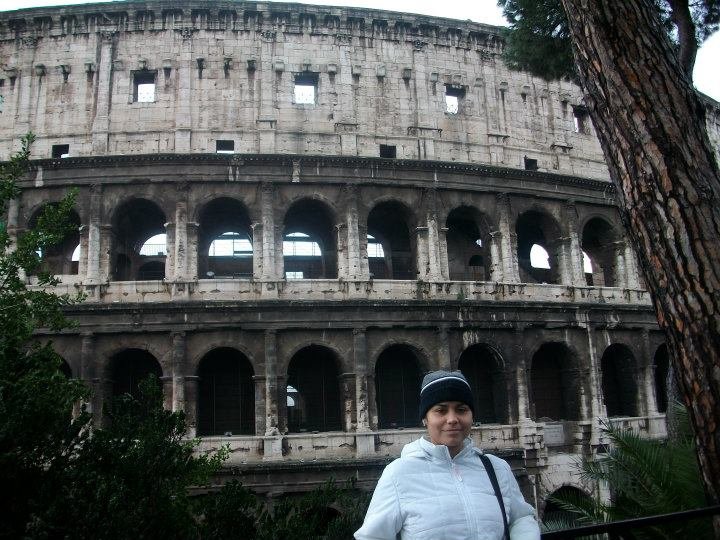

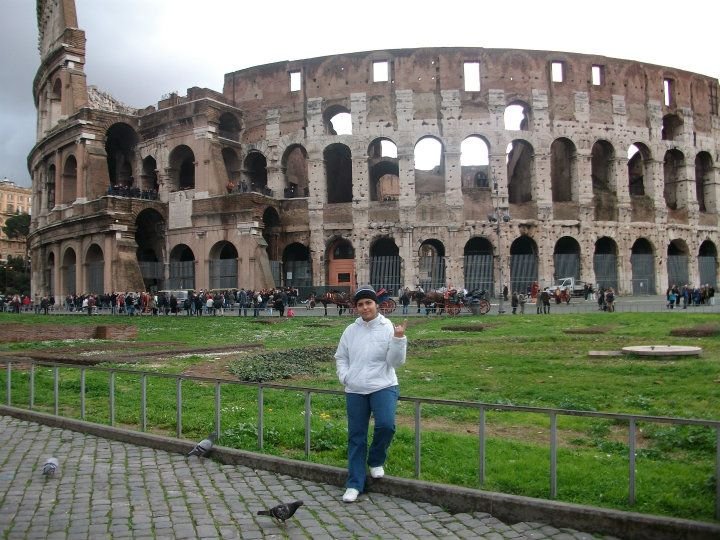

This is one of the great works of architecture and I'm glad you brought it to the community. The impressive thing is that despite the years it still remains imposing and best of all, all from the city.
I had the opportunity to visit this place and I feel that each space is not only surrounded by a lot of history, but also of great architectural advancement, due to the fact that the Colosseum was used for many activities, therefore its design was very well thought out at the time. Thank you for sharing it.
That's right! Rome is a city full of history and monuments that one would need weeks to tour.
I hope I can go back there some time.
Thanks for passing by.
Visiting the Colosseum has always been on my bucket list. You've captured its essence beautifully 💗
I'm glad you liked the pictures.
Visiting this monument is an unforgettable experience indeed.